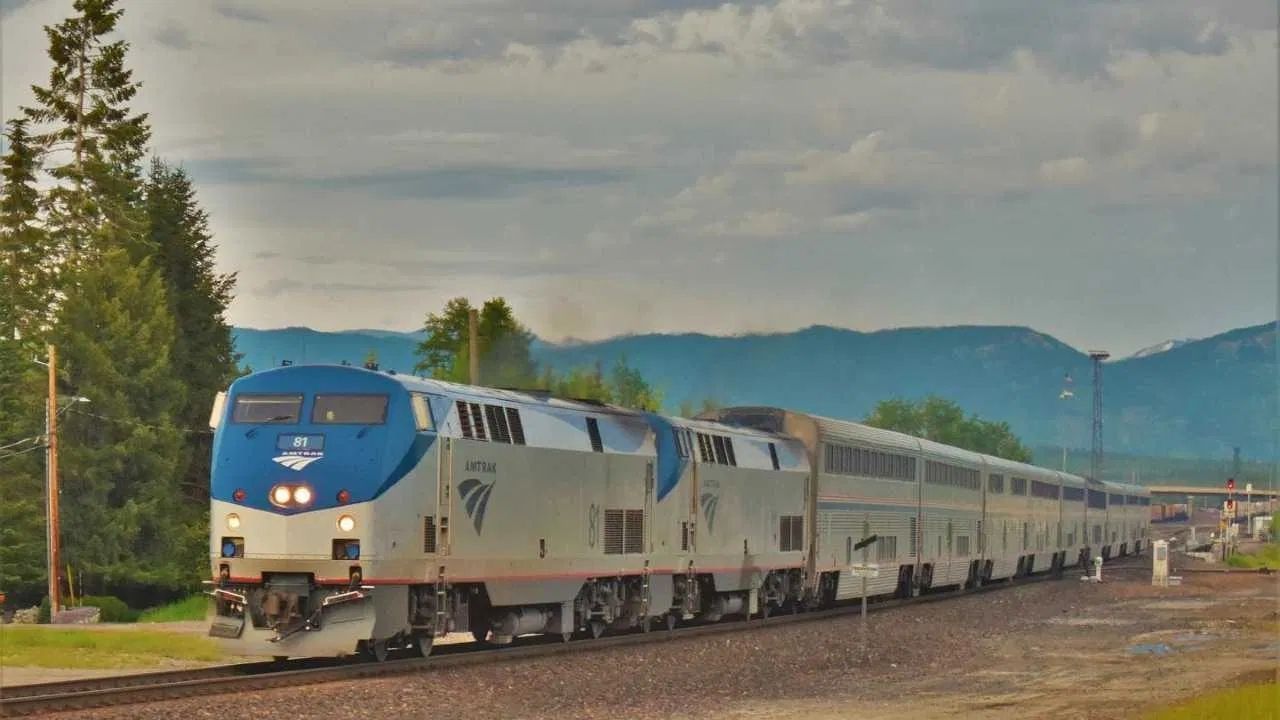America has the world’s largest rail network
Largest railway network in the world: Train travel in India is not just a journey but an integral part of our life. We call our railways the ‘lifeline’ of the country, and it is true because our railway network is the fourth largest network in the world. But this question often comes to our mind that which country in the world has the largest rail network? If you are thinking that it will be China or Russia, then you are wrong. America has the longest and largest rail network in the world. This network is so huge that its figures can surprise anyone.
If we look at the data of the US Department of Transportation and the Association of American Railroads, America’s railway network is spread over an area of more than 2,20,000 kilometers. You can estimate its vastness from the fact that if these tracks are connected in a straight line, then about five revolutions of the Earth can be made.
Private companies run the entire system
In most countries, including India, the operation and control of railways is completely in the hands of the government. But America chose a completely different path. The infrastructure and operation of railways there is largely owned by private companies. This model is not of today, but of the 1800s. During that period, the desire to connect the eastern and western parts of the country gave birth to an industrial revolution there.
There was a competition among various private railway companies to see who would be the first to connect one end of the country with the other. The result of this competition was that the first transcontinental rail line was completed in 1869. This privatization expanded the rail network in America at such a pace that no other country has been able to match it even today. With time, small companies came together to become bigger and today giant companies like Union Pacific, BNSF Railway and CSX are holding this huge system on their shoulders.
How big is America’s rail business?
According to a report by IBIS Word, America’s rail transport industry is estimated to be worth about $103 billion by the end of 2025. Talking only about freight transportation, this market can reach $71.77 billion in 2025 and is expected to reach $84.79 billion by 2030. Rail freight volume is expected to increase by 2.4% in 2025 compared to July 2024, reflecting growth in intermodal traffic. Excluding coal, an increase of 4.7% was recorded in other carloads, which clearly shows that the demand of the rail industry is increasing.
Passenger trains are slow, but goods trains are ‘superstars’
When we talk about high-speed trains or bullet trains, Japan, China and European countries are at the forefront. In this matter, America appears to be a little behind the rest of the developed countries of the world. There are many trains there, but the speed of passenger trains is only average. The biggest reason for this is that America’s railway system focuses on freight rather than passengers.
The real kings on America’s tracks are freight trains. There is a government passenger service like ‘Amtrak’ running there, but the tracks on which it runs are mostly owned by private freight companies. Therefore goods trains get priority there. America has no equal in terms of freight transportation. About 28% of the goods there are transported through railways only.
Understand its capacity like this, a single goods train in America can carry as much goods at one time as 280 trucks combined. It not only reduces congestion on the roads, but is also extremely economical. It takes only one gallon of fuel to transport one ton of goods about 480 miles (about 770 km). This is the reason why railways are the first choice to transport coal, grains, oil, cars and heavy machines there.
heartbeat of the american economy
This rail network of America is not just a network of iron tracks, but it is considered the backbone of the economy there. The country’s ports, industrial cities, farming rural areas and big markets all connect with this network to form a strong supply chain. This railway system generates economic activity worth billions of dollars annually. The most important thing is that since it is in private hands, the huge investment on its infrastructure and maintenance is also done by these companies themselves, which reduces the burden on the government.
